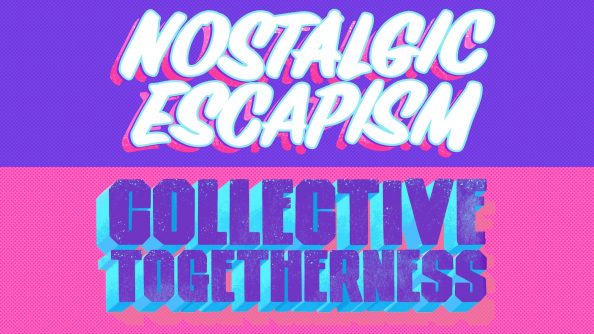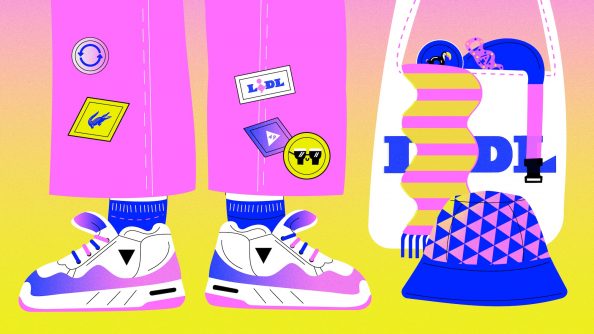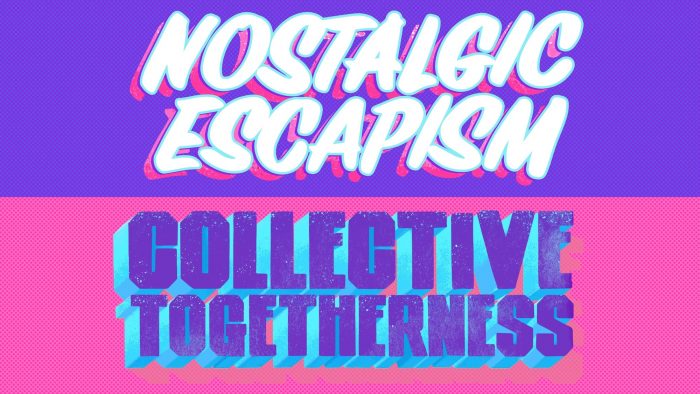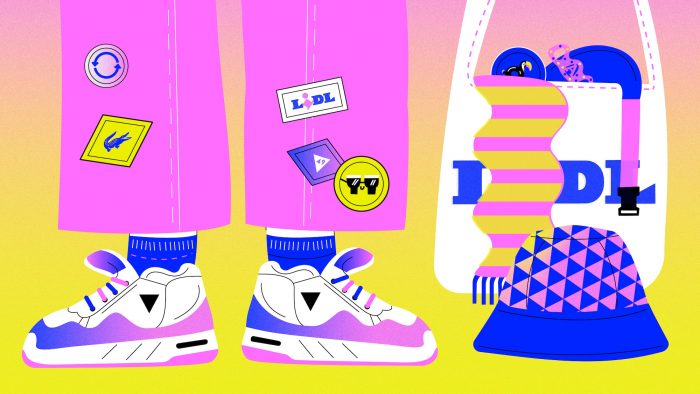Nothing beats the surge of adrenaline that hits when you have been part of creating something truly inspirational. But groundbreaking creative work does not happen by chance – it starts with a great brief.
A creative brief has three functions:
- To clearly define the task
- To excite and inspire the strategic and creative teams
- To provide a means of quality control
Different agencies use different brief formats, but what really differentiates briefs from one agency to another is how they are written. Concise, exciting, and inspirational briefs will lead to clear, communicative, and stimulating creative solutions.
At Vault49, we believe that the development of the creative brief should be a collaborative process between agency and client. This article outlines how you can be the best client collaborator and provides tips on how to produce the absolute best creative brief. This, in turn, will deliver an excellent output.
One thing to note about this article is that there are strategic agencies that don’t design, and executional agencies that don’t strategize. For the sake of simplicity, I’ve outlined the general principles of briefing for a project undertaken by those agencies that cover the whole strategic and creative process.
These are the things that will ensure your agency does THE BEST work and should form important parts of the brief.
1. Collaborate and workshop the brief
Bring the download materials and be prepared to summarize what you think are the key points. Agencies love background reading, but the insightful bits come from what you have to say.
Build a visual scrapbook — alone, or with your agency partner — as, more than words, images resonate with everyone. You don’t need to be creative to build a visual scrapbook — you might find a phrase in a magazine that resonated with you, an image of a person who is absolutely NOT your target audience. Think broadly and don’t get precious about how it hangs together visually — these are just intended to spark conversation.
2. Get under the skin of the brand
Define and discuss the brand purpose and personality with your agency, reaching the point where you truly know and understand it. Any background info or research you have done on brand perceptions, impressions, or opinions should be shared freely, even if it’s bad news. Talk about your brand as though it’s a person — don’t just view it as an inanimate corporation, but as a living breathing entity. This will help you and your agency further down the line when you start to discuss what is on- or off-brand, as you will have already built an affinity to it.
3. Know your audience
Build a mood board of who you see as your target, your ‘tribe.’ Include where they go on vacation, where they hang out, what they wear, and what brands they’re into. This will not only ensure that your agency doesn’t default to designing for themselves, but will also trigger thoughts on appropriate activations or ad spend, or even potential partnerships. Use this mood board as you progress through the project, as a reference point while reviewing design. It’s an important part of the brief to hold onto.
4. Speak with your heart
If your brand exists, be open in sharing with your agency what you love and admire as well as what you hate or want to improve about it. If you’re launching a new-to-world brand, share what you love and loathe about other brands in and outside of your category. Honesty and your ability to be frank at the very outset of a creative brief will set you in good stead.
5. Change your surroundings
Sometimes the setting of a briefing can dictate the tone and encourage freer conversation. During COVID times this is not exactly practical but, in the future, consider meeting in an inspiring and vibrant space that’s reflective of your brand.
If a new space isn’t practical, you could pin up some inspiration or background materials that might inspire thought, or even create a collaborative whiteboard online, where everyone can access and contribute remotely.
6. Focus on the big picture…
…and then the small details. Focus on the important milestones of each step – and structure the briefing accordingly. Don’t open the brief with complex info about print restrictions, or include the big idea as an afterthought. You might not get the structure right on first draft, so try doing a brain dump of everything and then go back through it. Mark out the key points organizing into the order you’d like it to be worked though, and make sure the details aren’t missed but don’t distract from the issues that really matter.
7. Identify all important deliverables from the outset
If you really just need one deliverable from the brief, that’s fine. But if we are designing a brand world that will eventually end up manifesting as a social media campaign as well as a piece of packaging, for example, it’s useful to know from the outset so we can determine the role of each touchpoint in relation to the others.
8. Know and explain what success means
Sales, Instagram followers, fame, reappraisal. These all factor into how we approach the challenge and deserve a place in the brief. This is also important to refer back to as the project progresses, to remind ourselves of what the purpose of the project is and check that we are tracking to meet it.
9. Discuss how involved you would like to be along the process
Are you comfortable seeing scrappy work-in-progress every few days, or would you prefer more formal presentations less often? Now is the time to outline your expectations.
10. Assign roles and responsibilities
Determine who the decision makers are and how involved they will be, especially if they aren’t involved in the briefing. It’s always useful for your agency to be aware of what can be agreed in the room, and what will need further approval before they can continue.
11. Agree to a deadline
Even if you’re flexible, fix a deadline. It helps keep momentum along the way and allows your agency to plan for each stage. If there are interim milestones, for example to meet production lead times, establish these too.
12. Don’t be afraid to talk about money
If you trust your agency, being clear at the get-go about how much you have to spend will ensure your project has the best team, spread across the right time frame. Having a smaller budget doesn’t mean that the quality suffers. If the agency knows what they have to work with, they can tailor each stage accordingly and find ways to work smartly.
13. Agree on the brief
Ask for the agency to distill all the above into one simple document and sign off on it. As this will be used for quality control / reference further down the line, it’s vital that everyone is on the same page from the very beginning.
anna
Leigh Chandler, Partner & Creative Director
LINKED IN










